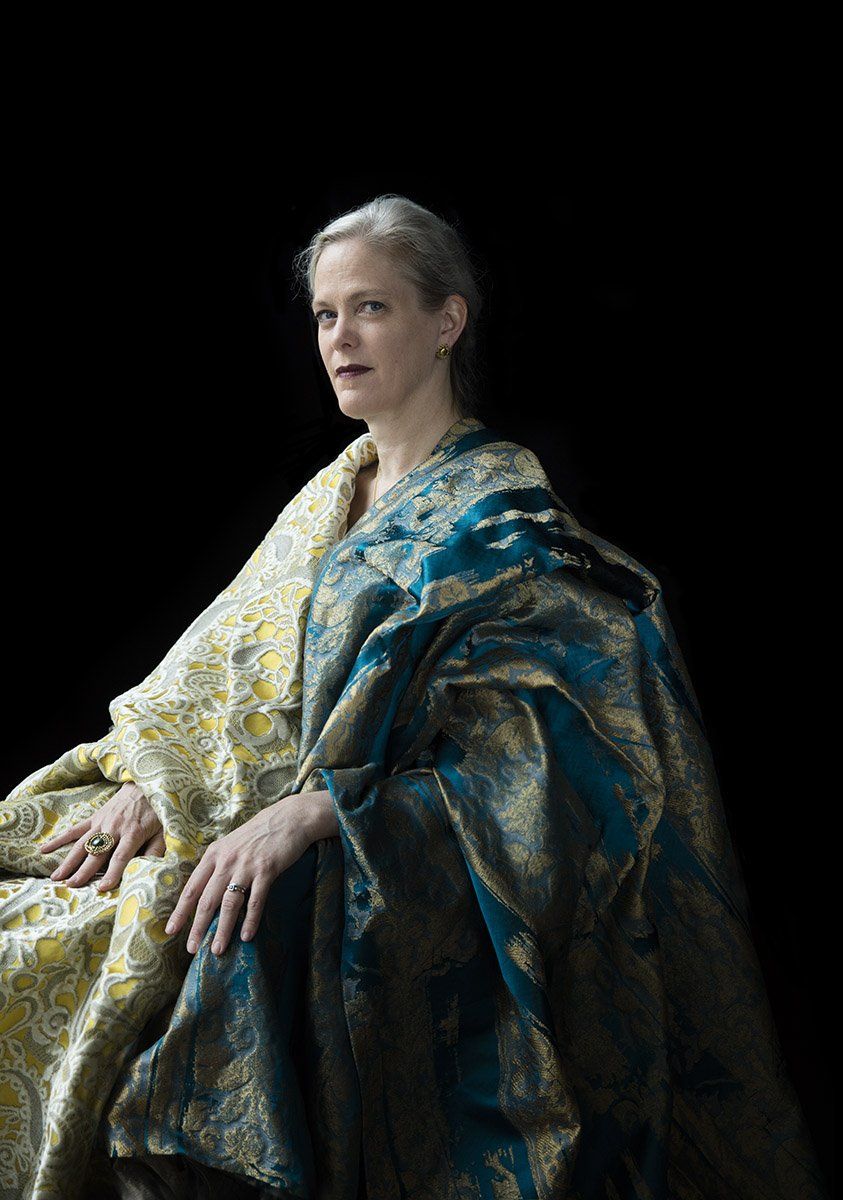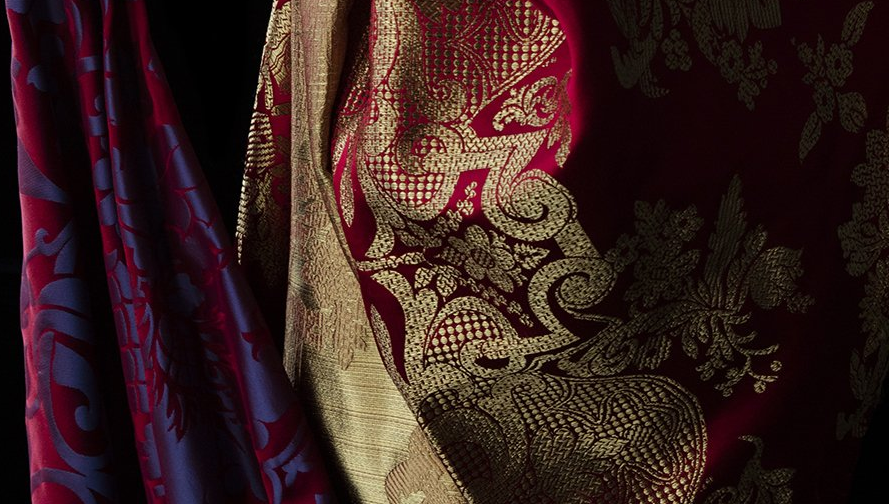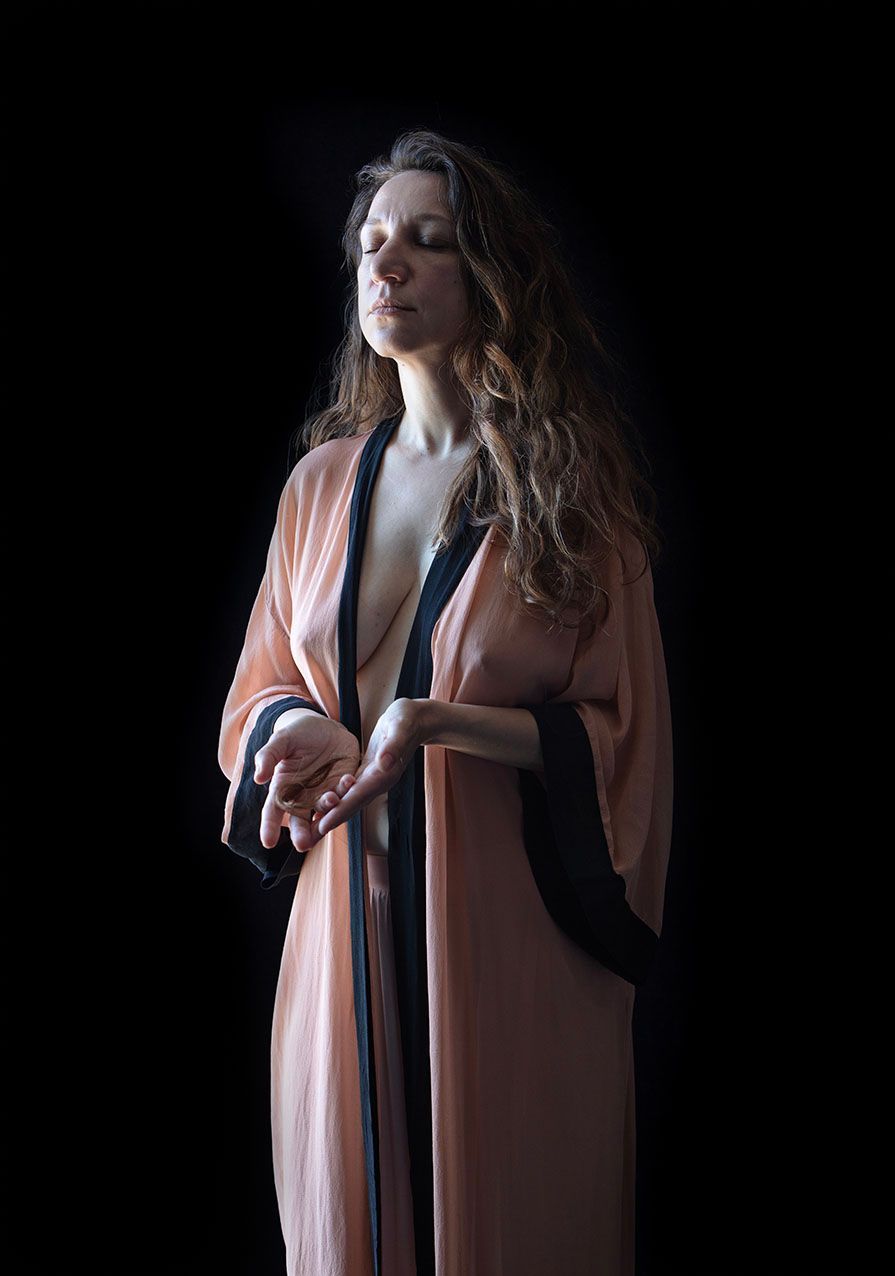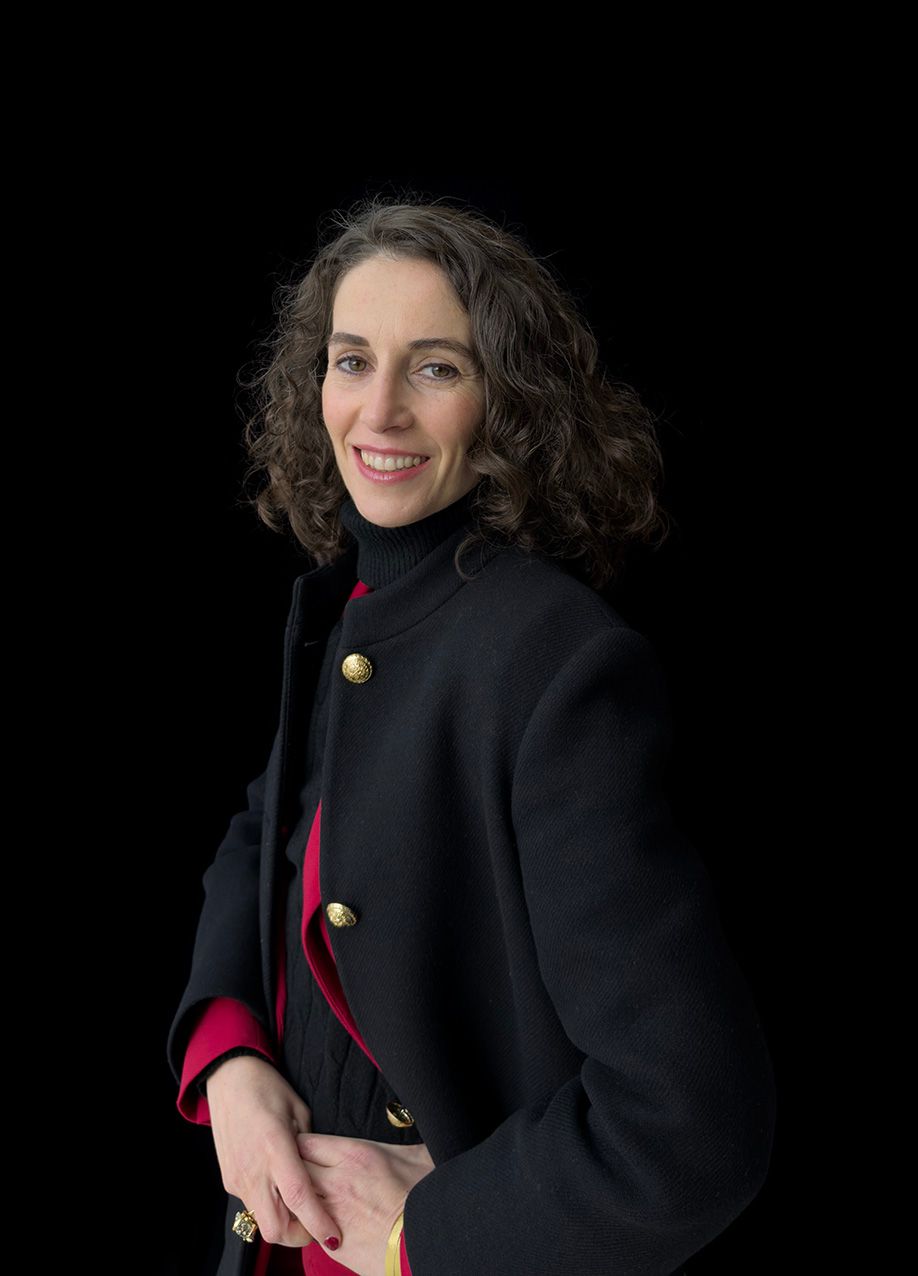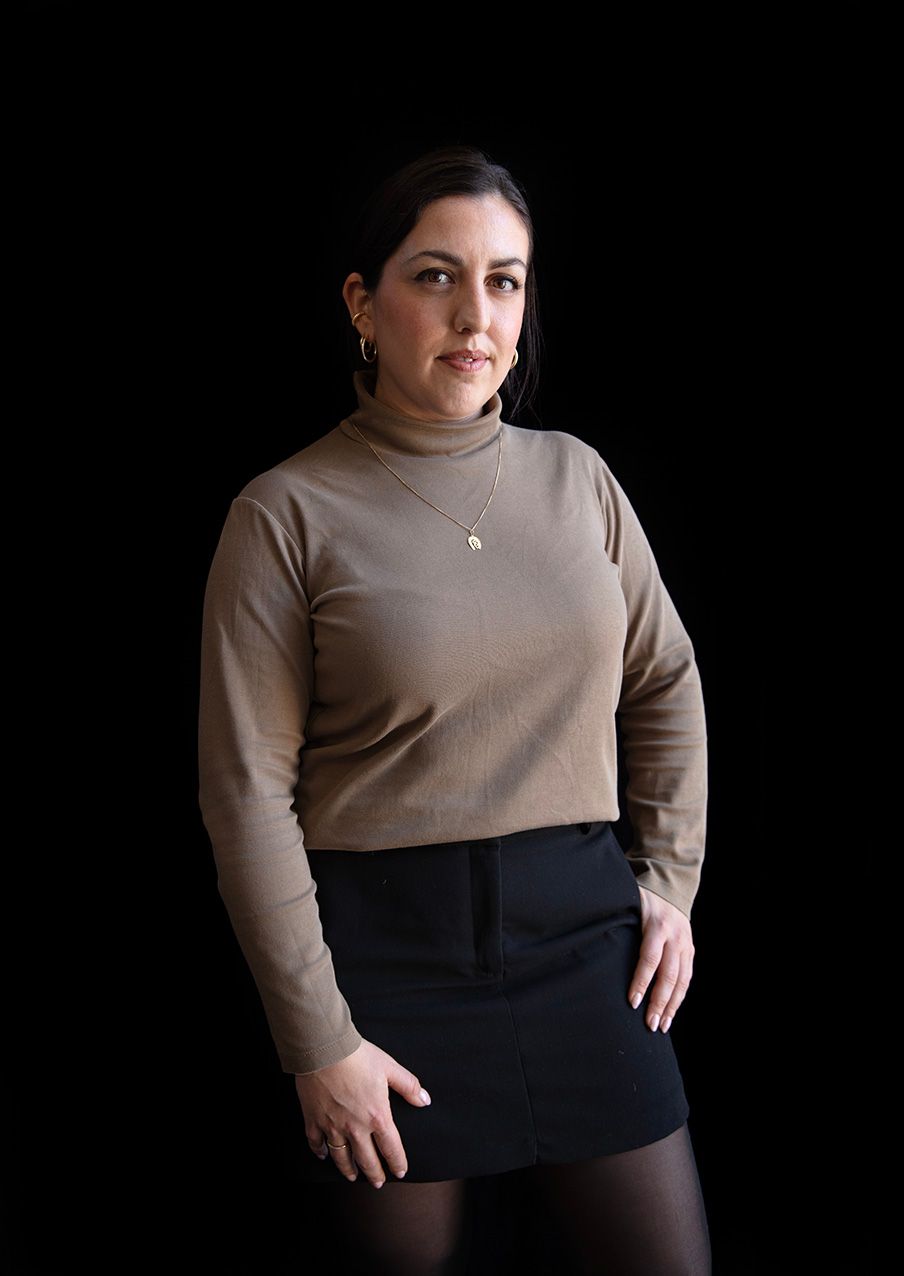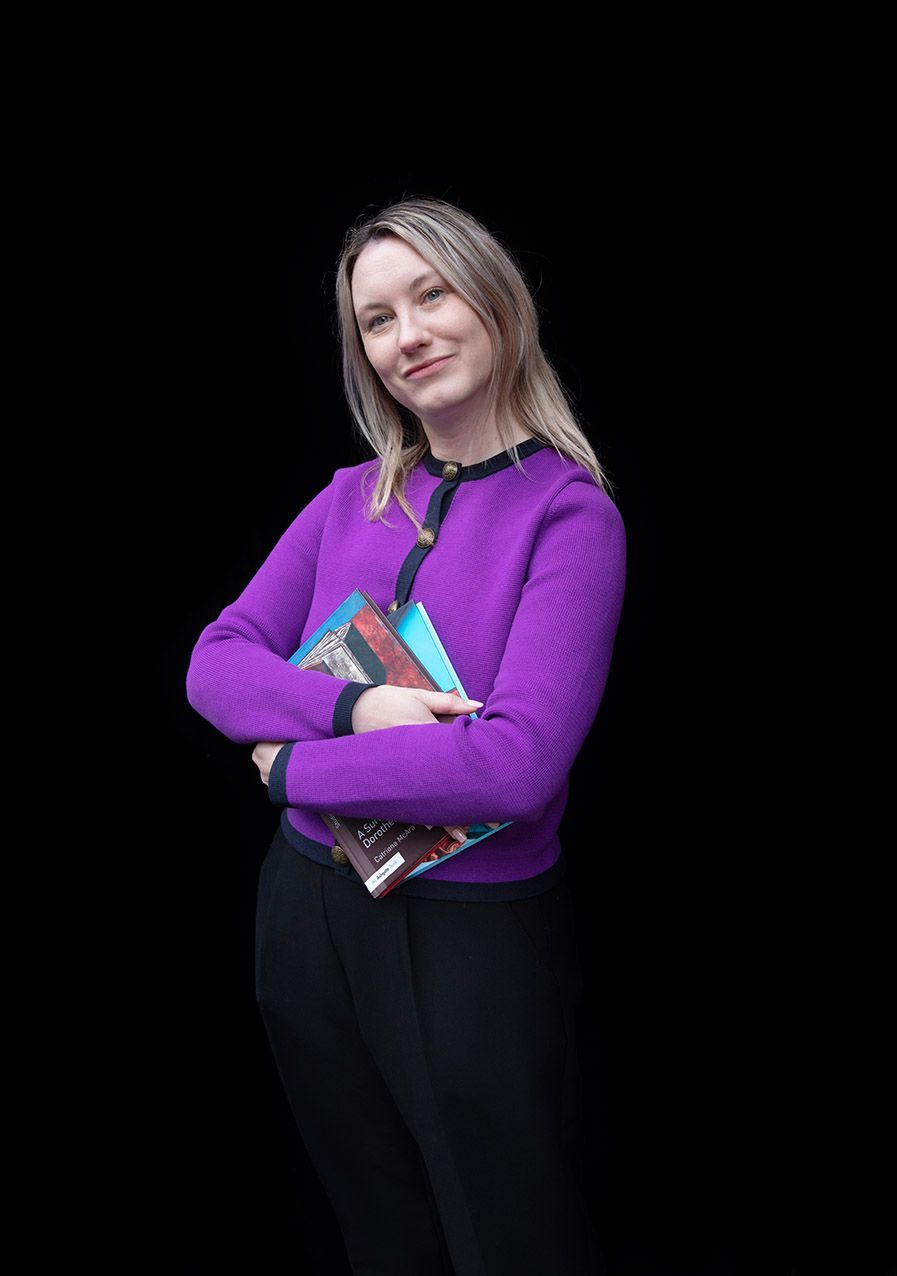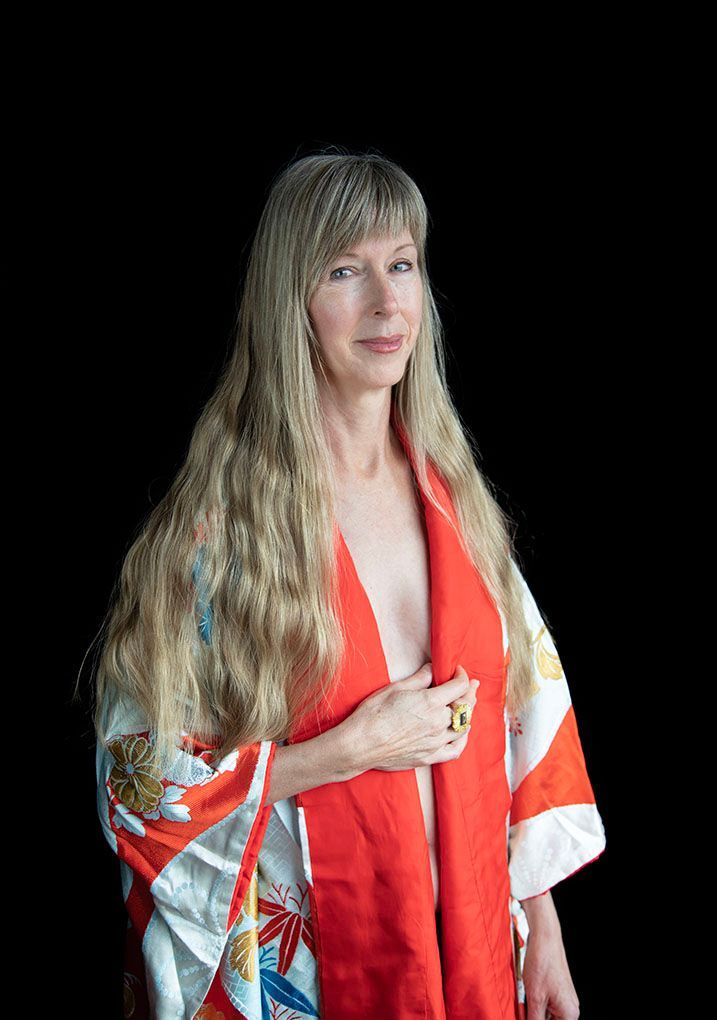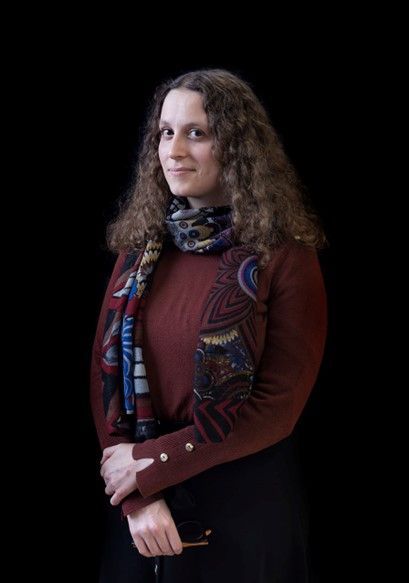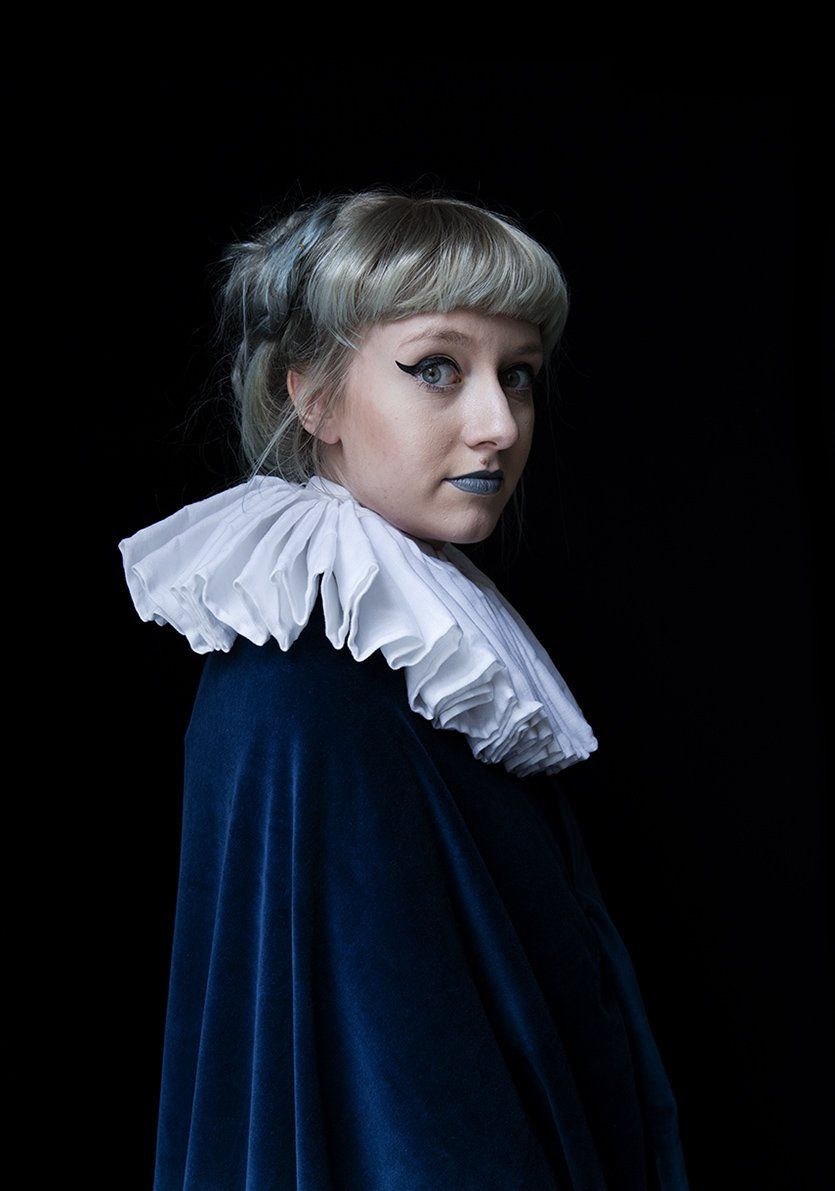Female Voices in Art: Zoé Whitley, Director Chisenhale Gallery
"Guerrilla Girl ‘Frida Kahlo’ has said ‘unless all our voices are included in the history of art, it isn’t a history of art, it’s a history of power’."
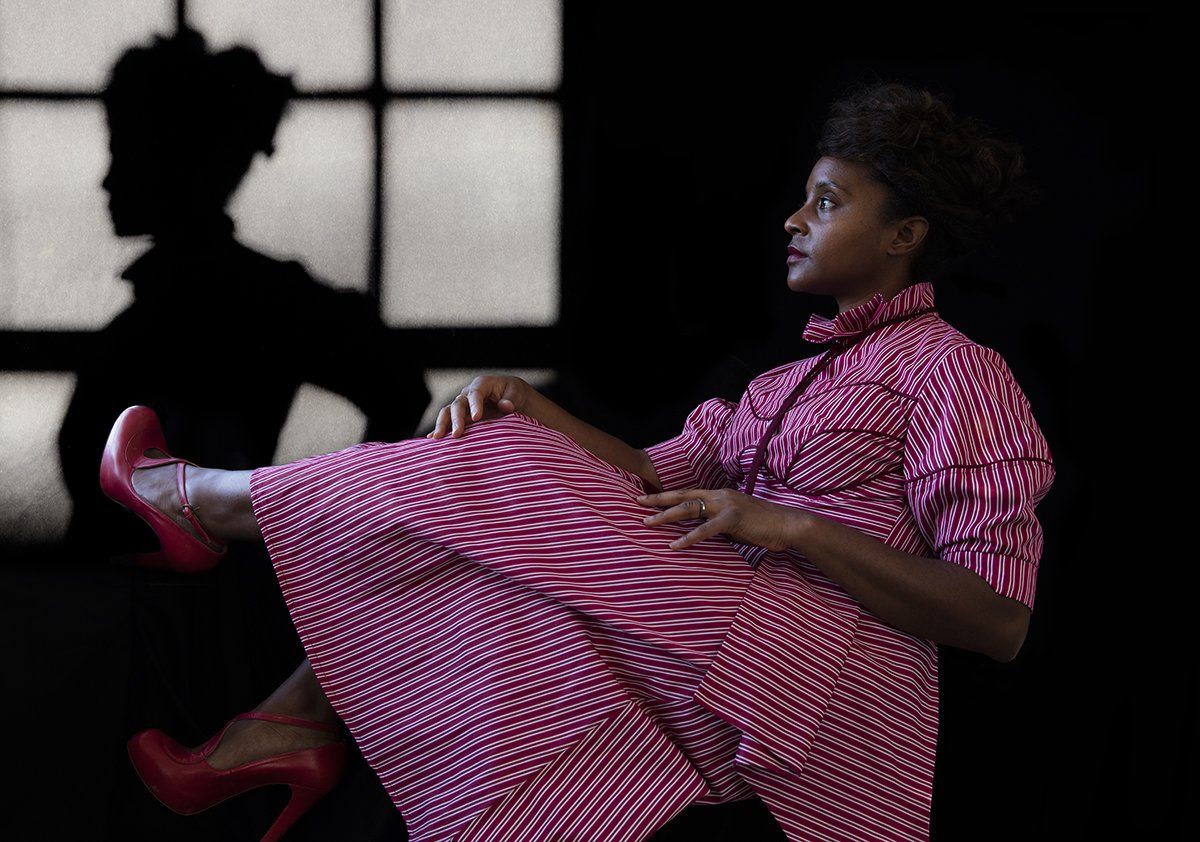
Zoé Whitley (b. 1979, Washington, DC, US) is Director of Chisenhale Gallery in London, prior to which she was Curator, International Art at Tate Modern and Senior Curator at the Hayward Gallery. She has conceived numerous site-specific artist commissions, film screenings and special projects internationally. Exhibitions to her credit include curating the 2019 British Pavilion at the Venice Biennale and co-curating the acclaimed Soul of a Nation: Art in the Age of Black Power . Zoé earned her B.A at Swarthmore College, an M.A. from the Royal College of Art in the History of Design and a Ph.D. in Contemporary Art at University of Central Lancashire. Author of The Graphic World of Paul Peter Piech , she has also wrote written publications and interviews on Frank Bowling, Grace Wales-Bonner, Lynette Yiadom-Boakye, Lubaina Himid, Alexander McQueen, and Jack Whitten, among others. Zoe was named one of Apollo Magazine’s ‘40 Under 40 Thinkers in Europe’, and one of ArtLyst’s 2017 ‘100 Alternative Powerhouses’ in the not-for-profit contemporary art world.
Could you tell us something about your role in the art world?
There isn’t one, single ‘Art World’. There are art worlds – plural. Some are professional, others are social; they can be intimate and under-the-radar, while others have a higher public profile; there are subversive ones, and those that represent the Establishment. It’s possible to occupy more than one of these so-called worlds simultaneously. Besides, a group of individuals might be deemed radical by some, and mainstream by others. It all depends on your vantage point. The most important people in my conception of any art world is the community of artists that sustains it. My role is to use my voice to champion artists. I’m lucky some of them have become friends and mentors along the way.
What did you enjoy about being a part of this project?
I have always loved clothing and fashion. My grandmother and her sisters were all accomplished clothing designers, part of a dynamic organisation of talented black women called NAFAD, the National Association of Fashion and Accessory Designers. Some of the group’s items are now in the permanent collection of the Smithsonian National Museum of African American History and Culture. I grew up as part of a generation who sought out black fashion models on magazine covers and in their pages, few though they were. At the time, it was stated plainly that black girls weren’t as marketable and that sales went down when they were featured prominently. My whole life, the women in my family rushed to the newsstands to support (in our small way) black representation in fashion. Franca Sozzani’s Black Issue of Vogue Italia was a genuine affirmation. I’m no model, but it’s super flattering to have been asked!
Do you have a favourite artist?
I have so many favourites that the very term becomes pretty meaningless. I usually deflect this question altogether by saying it’s like, as a parent, naming a favourite child. My daughter is an only child, so that is an easier question for me! But using my voice to champion artists, it feels right to name some of those I respect most (with the caveat that the list is incomplete). Artists whose work matters greatly to me runs the gamut from Otto Dix to Ed Ruscha, Lubaina Himid to Ben Osawe, Anthea Hamilton to Betye Saar, Barkley Hendricks to Candice Breitz, Edward Krasinski to Mikhael Subotzky, Cauleen Smith to Jack Whitten, Frank Bowling to John Akomfrah, the Guerrilla Girls to Paul Peter Piech.
What is your earliest memory involving art?
As a child, I often made art and crafts projects with my grandmother. One of our most ambitious was a hot air balloon for my stuffed animals, made from a laundry basket, a crocheted blanket and clothes-hanger armature suspended from a hanging plant hook. In art-speak, it would be a ‘site-specific installation of found objects’. To me, it was just a delight to help make an idea become real.
Do you have any special thoughts about the position of women in the art world?
I usually quote other, wiser, people on this. Guerrilla Girl ‘Frida Kahlo’ has said ‘unless all our voices are included in the history of art, it isn’t a history of art, it’s a history of power’. Women curators and scholars are doing such important work in redressing those silences in art history. I’m trying to do my part in this collective endeavour. But then, I’m ever mindful of artist Phyllida Barlow’s view of external validation: ‘Achieving public recognition and approval [is] a very small part of being successful… Success happens in all sorts of ways. There’s sensational success. There’s youth success. And there’s the lifetime success of an artist keeping going, against hell and high water’. The women in the arts who impress me most have certainly persevered through hell and high water, irrespective of the accolades.
What are you wearing, and is there a story behind it?
Like so many things in my working life, the dress I am wearing starts with a visual artist. When I was in Johannesburg to curate the special projects for the 10th anniversary of the Johannesburg art fair, I met Bronwyn Katz. Katz is a talented young artist who is also a member of iQhiya, a formidable collective of women artists I follow via social media, as well as through their respective art practices. On top of being talented, Bronwyn is stylish. I asked her where she got her outfit on the day we met and, ever generous, she introduced me to her friend, designer Thebe Magugu. The Matron Dress is a signature design of his and I was very excited to buy it in red, where previously it had been a black and white design.
The world has changed significantly since the photo shoot 2,5 years ago. How have recent circumstances impacted you?
The simultaneous need to grieve and the desire to build can feel like working at cross-purposes right now. I know I’m struggling; between physical, emotional and intellectual labour, I’m leaning on lots of other people in my life to find moments of joy. And Black Life is so joyous. That cannot be forgotten.
In text, I have been turning to bell hooks’ Love as the Practice of Freedom: “Working within community, whether it be sharing a project with another person, or with a larger group, we are able to experience joy in struggle. That joy needs to be documented. For if we only focus on the pain, the difficulties which are surely real in any process of transformation, we only show a partial picture.”
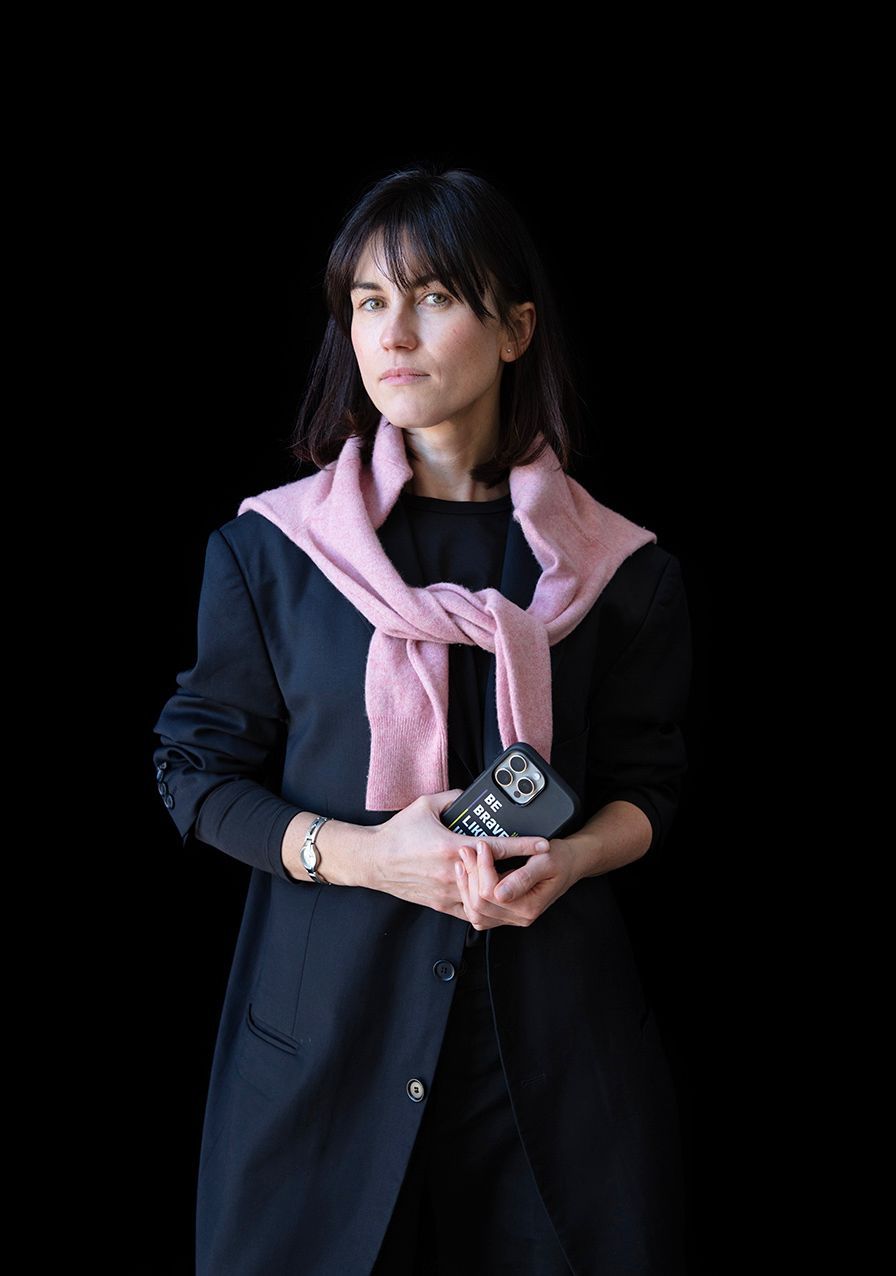
Female Voices in Art: Interview with Mariana Varchuk, Curator Khanenko National Museum of Arts, Kyiv
